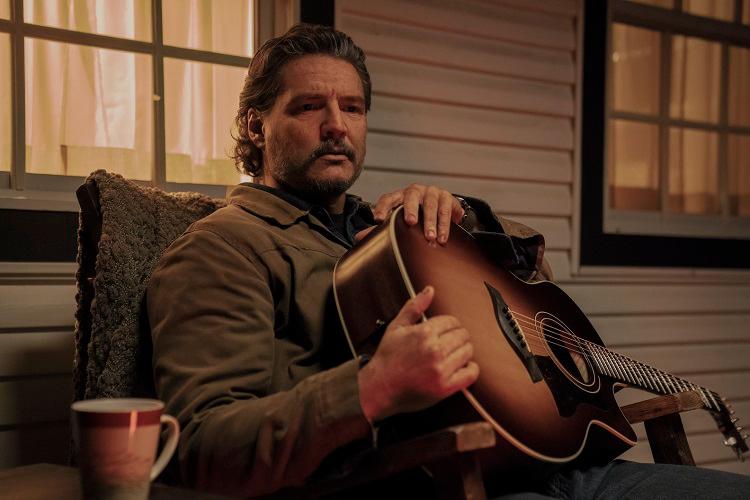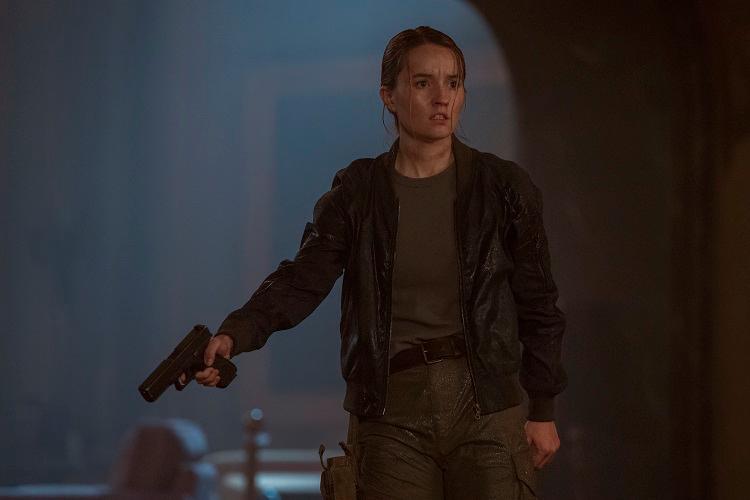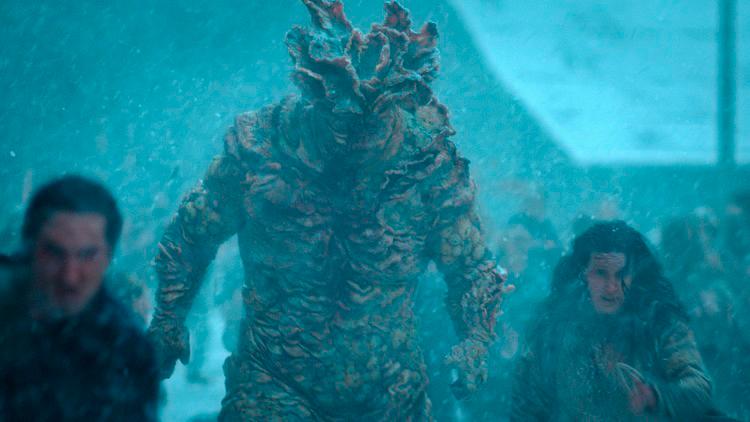FOLLOWING the success of HBO’s The Last of Us first season in 2023, it was a no-brainer that the second season would be greenlit to adapt Sony and Naughty Dog’s controversial The Last of Us Part 2 video game and bring the story of Joel and Ellie full circle.
However, with the new season, it is now clear that the 2023 season’s success was nothing more than a fluke or an isolated lightning-in-a-bottle moment.
Adapting hefty source material such as The Last of Us Part 2 – with its complex characters, themes, nuance and controversial creative decisions – to television was always going to be an arduous task but one could argue that it would also be easy, as the groundwork has already been set.
Unfortunately, the second season of The Last of Us handles the source material as literal groundwork. In other words, the game and everything that transpires in it is treated as nothing more than a suggestion, which is how the show’s co-creator Craig Mazin has developed the season.

New threat
Set five years after the conclusion of the first season, The Last of Us picks up with Joel (Pedro Pascal) and Ellie (Bella Ramsey) fully settled into
the normalcy of living in Jackson, a barricaded town consisting of other survivors from the Cordyceps pandemic.
Everything goes well until a mysterious group from Seattle arrives. Belonging to a bigger militia outfit called the Washington Liberation Front, the small group is led by Abby (Kaitlyn Dever) to Jackson, looking for Joel due to his actions at the end of the first season.
At the same time, an infected horde is riled up into attacking Jackson. In the ensuing chaos, the town suffers massive losses. The tragic events on that day lead to Ellie and Dina (Isabella Merced) trekking halfway across the country to Seattle, as they seek to settle the score with Abby.
Radical changes, major damage
Though the first season took creative liberties in condensing and expanding The Last of Us Part 1 into a nine-episode season, the second season makes far more radical changes to the point that HBO and Sony’s properties look like different entities.
Early in the season, it becomes clear Mazin has changed the order of events that occur in the game, as the domino effect quickly spirals into disrupting several other aspects of the narrative, such as how important secondary characters are removed from the story, leading to critical scenes, sequences and set pieces to be removed as those characters do not exist in the new narrative.
With the passing of each episode, the aftermath continues to snowball, affecting other aspects, such as how certain main characters have their characterisation either reversed or swapped. A big victim of these changes is the main character herself, a 19-year-old Ellie, who is infantilised by Mazin to behave like a clueless, happy-go-lucky child that constantly needs to be watched over.

From wrath to whimsy
In the game, Ellie is persistently wallowing in depression and anger. Fueled entirely by an unquenchable thirst for revenge, Ellie’s descent into an endless pitch black hole forms the crux and backbone to The Last of Us Part 2.
From her brusquely calling Dina a “burden” after finding out about her concealed pregnancy in the middle of their dangerous mission to committing acts of extreme violence, the heavy tone prompts players to plead – in their heads – for her to stop before there are further losses, either to herself or to those around her.
In Mazin’s new version, Ellie is consistently jovial five episodes into the season. In the fourth episode, several major tonal whiplashes occur, frenetically shifting between comically out-of-place jokes and Ellie behaving more her age and in-character.
Mazin’s fundamental misunderstanding of the character also robs Ellie of agency and the bloodthirst she is supposed to have from the traumatic incident that put her on the path for revenge.
Fans familiar with the game often joke that Ellie “kills half of Seattle” on her mission, yet this iteration of Ellie by Mazin struggles against the infected and barely kills three people, two of which were accidental.
The poor writing and direction bleeds into Ramsey’s performance as well, turning it extremely uneven due to the tonal inconsistencies. At points, it was so bad that whenever Pascal, Merced, Dever or any of the supporting cast were on screen, their great performances would completely eclipse Ramsey’s.

Missing voices, misguided vision
Unlike the first season, a bulk of this season was written primarily by Mazin. Show co-creator and writer Neil Druckmann’s – also the game’s co-creator and writer – absence is clearly felt. It certainly does not help that Halley Gross, who co-wrote The Last of Us Part 2, was not involved with the first five episodes, which forms the most jarring bulk of the season.
Already greenlit, the third season will cover the second half of The Last of Us Part 2 and if there is a merciful god, Druckmann and Gross should have majority control over steering the series back to what it is supposed to be: a story that is not dumbed down for general audiences and is brave with making hard decisions in its narrative, without being weighed down by infantilised main characters or having its nuance and
complexity stripped.
The Last of Us second season is streaming on Max.









